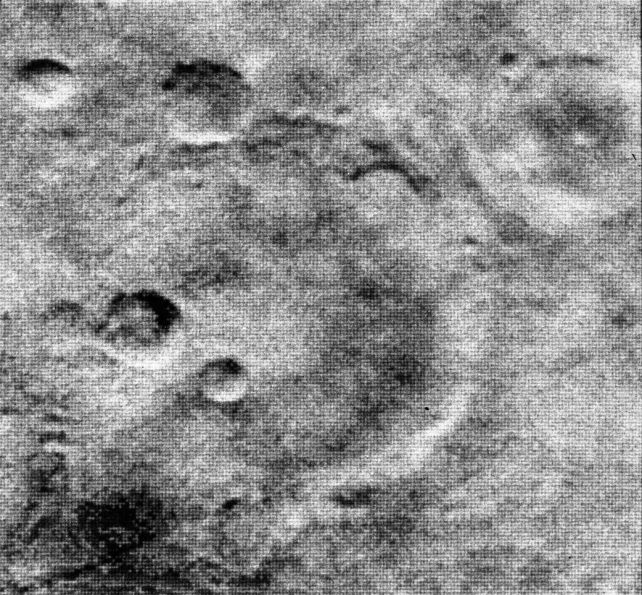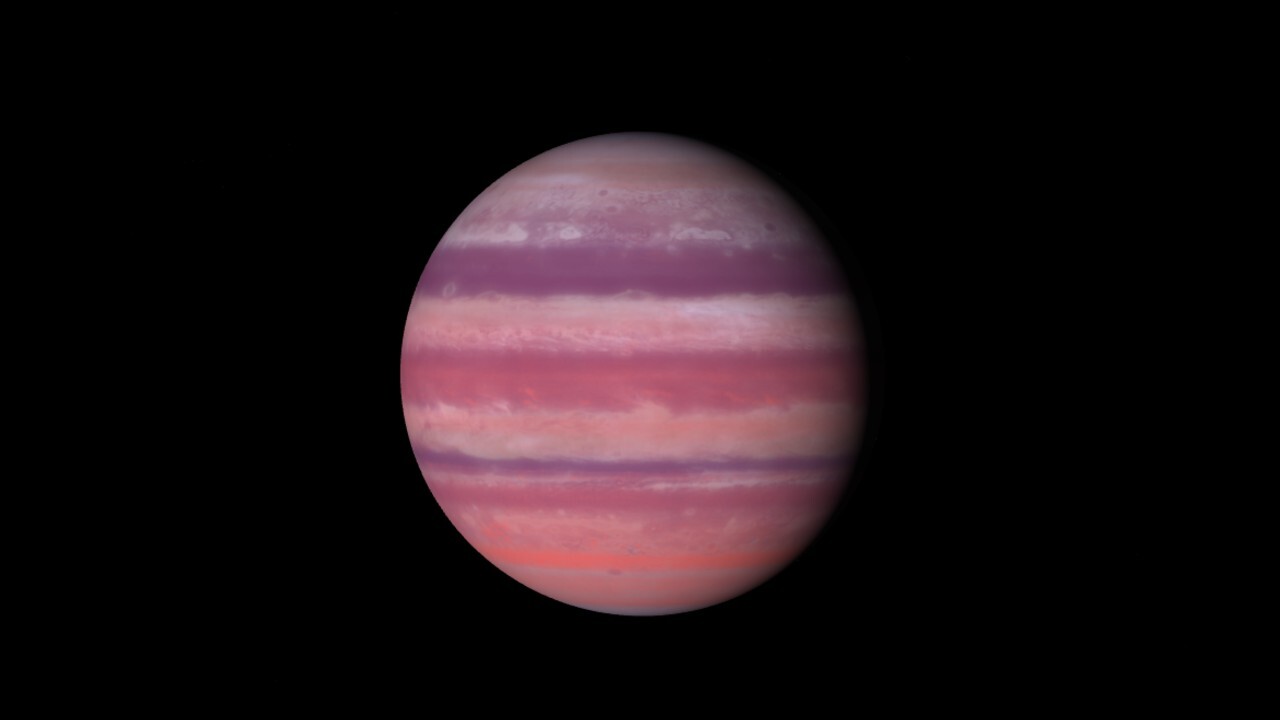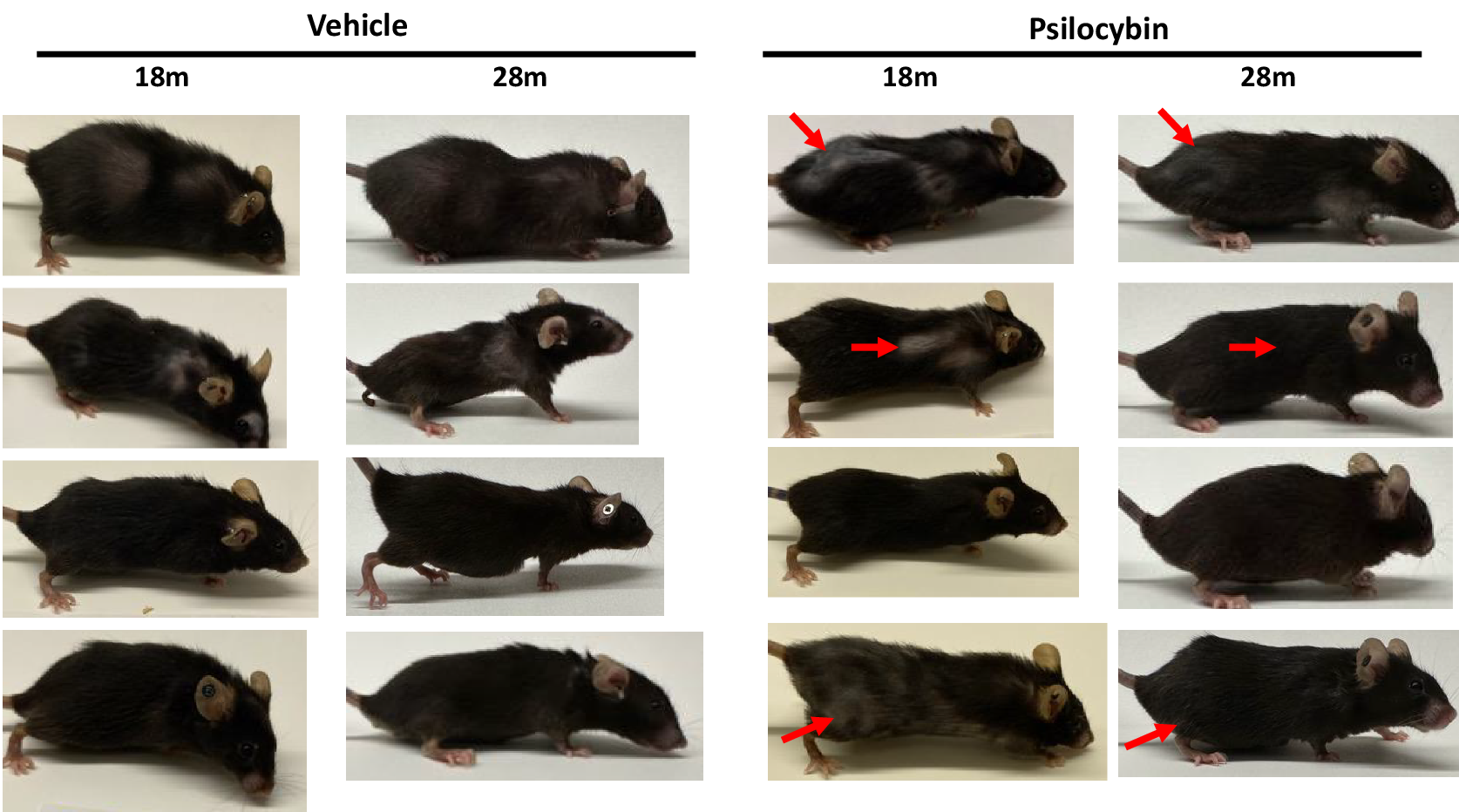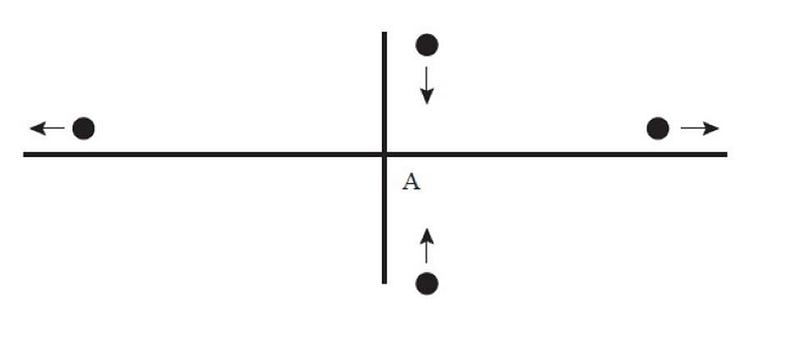NASA has successfully generated enough oxygen on Mars to sustain a small dog for at least 10 hours, marking a significant milestone in the long-term plans to establish bases on the Red Planet.
This achievement is thanks to the Mars Oxygen In-Situ Resource Utilization Experiment, also known as “MOXIE,” developed by NASA.
The MOXIE device, about the size of a microwave and weighing 40 pounds, was attached to the Perseverance rover when it landed on Mars in February 2021.
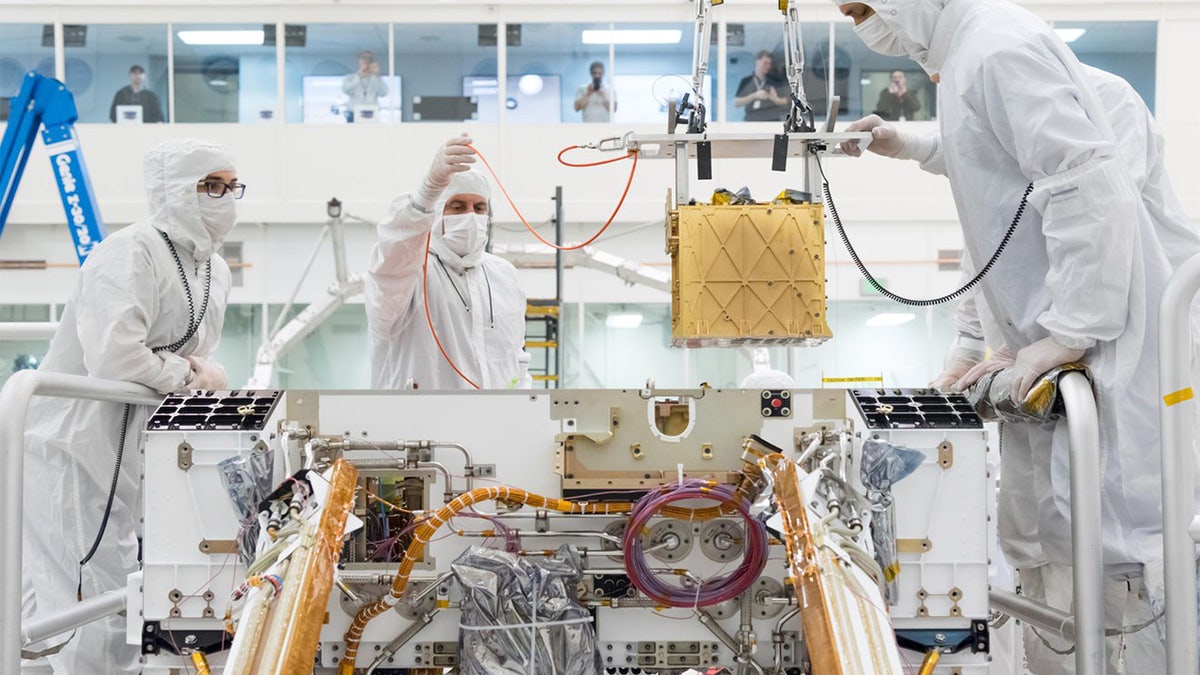
NASA’s Mars Oxygen In-situ Resource Utilization Experiment. (NASA)
According to NASA, MOXIE has been extracting small amounts of oxygen from the Martian atmosphere for over two years.
The device uses an electrochemical process to extract oxygen atoms from the carbon dioxide present in Mars’ thin atmosphere. Mars’ atmosphere is composed of 95% carbon dioxide, 3% nitrogen, 1.6% argon, and trace amounts of oxygen.
Key facts about Mars: All you need to know about the terrestrial planet
The main objective of the mission is to develop a method to provide breathable air and rocket propellant for future astronauts.
During the mission, MOXIE was able to generate 122 grams of oxygen, which is approximately the amount consumed by a small dog in 10 hours.
At its peak efficiency, MOXIE produced 12 grams of oxygen per hour, doubling NASA’s initial target.
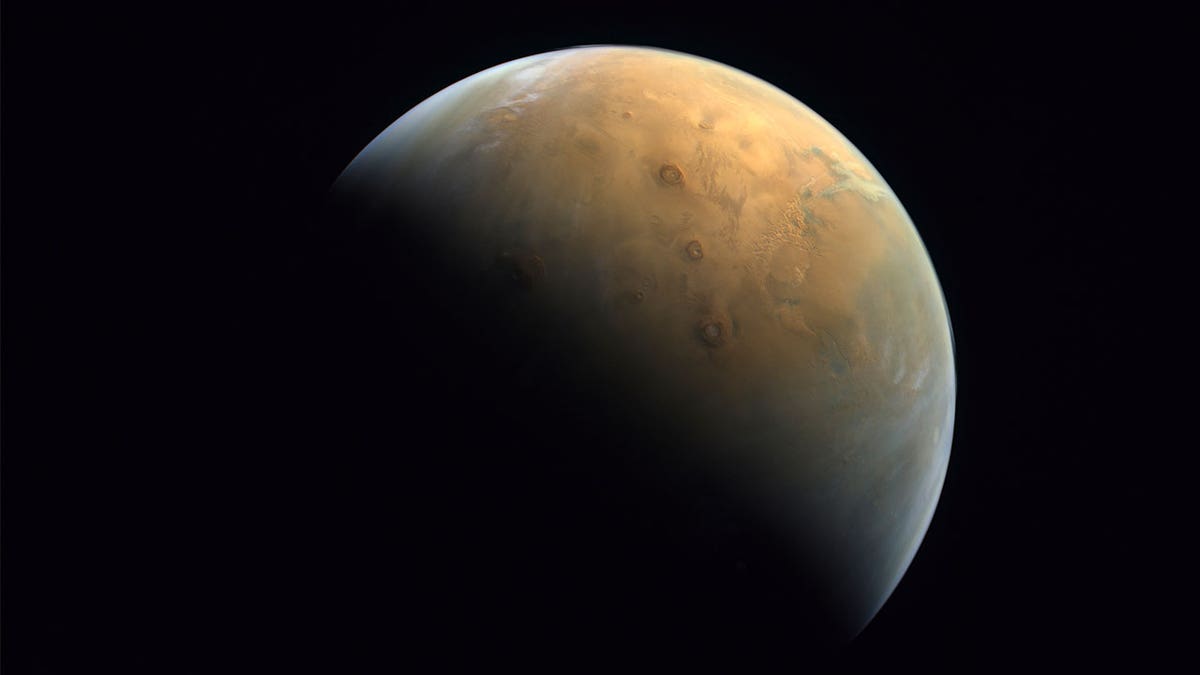
“MOXIE’s remarkable performance demonstrates that extracting oxygen from the Martian atmosphere is achievable. This oxygen can potentially provide breathable air and rocket propellant for future astronauts,” said NASA Deputy Administrator Pam Melroy.
CLICK HERE TO GET THE FOX NEWS APP
“Developing technologies that allow us to utilize resources on the Moon and Mars is crucial in establishing a sustainable lunar presence, creating a robust lunar economy, and supporting initial human exploration missions to Mars.”


